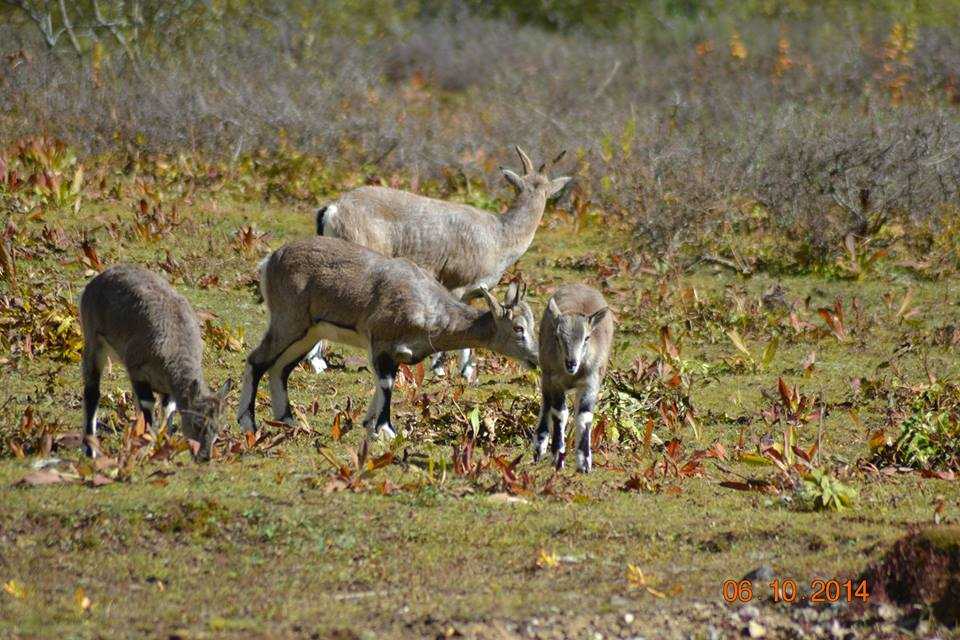Jigme Dorji National Park
Tags : National Park
Timings : 9:00 AM - 5:00 PM (Monday - Friday)
Entry Fee : BTN 150 per person
Jigme Dorji National Park, Punakha Overview
Bhutan is a country which always believes in preserving the traditional valuables and respects its natural resources. And following its footsteps, Jigme Dorji National Park not only houses the distinct flora and fauna but also provides them with all the essential resources, facilities and care.
Stretching over an area of 4316 square kilometres, Jigme Dorji National Park is the second largest national park of Bhutan. Named after Jigme Dorji Wangchuck, the third king of Bhutan, it is the crown jewel of the country due to the treasures that it holds within its boundaries.

Read More on Jigme Dorji National Park
Trekking in the Jigme Dorji National Park
The path passes along dense and green Cypress forest ranges. Many birds, butterflies and animals are encountered with on the way. Seeing the beautiful pristine environment and snow-capped mountains while climbing up the mountain is quite an experience in itself. Keeping trekking essentials with you is beneficial since it ensures a hasslefree experience.
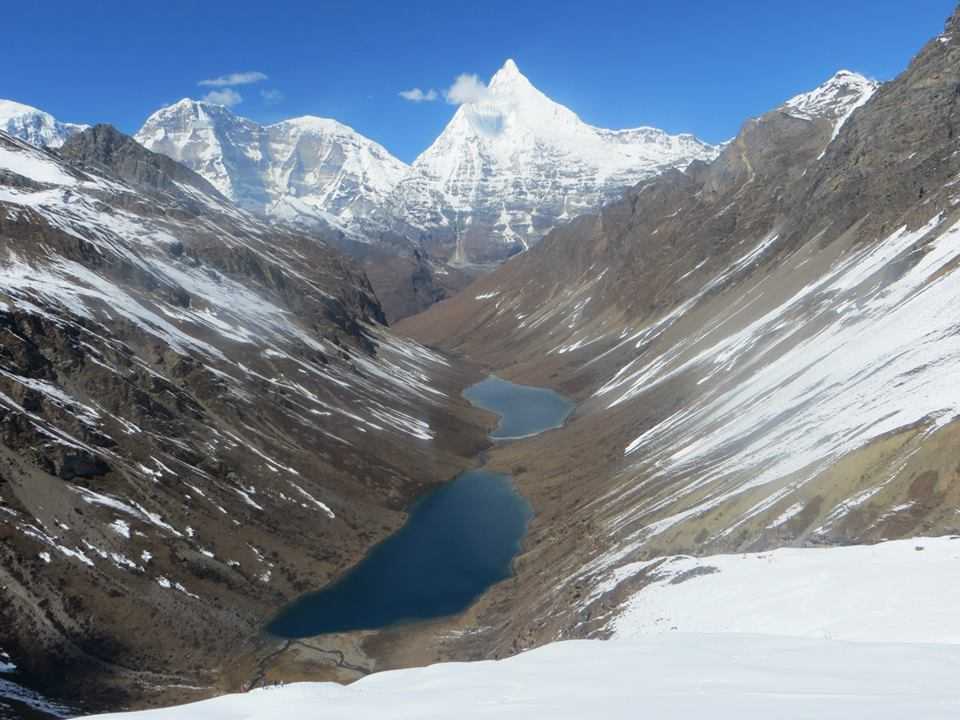
Area of the Jigme Dorji National Park
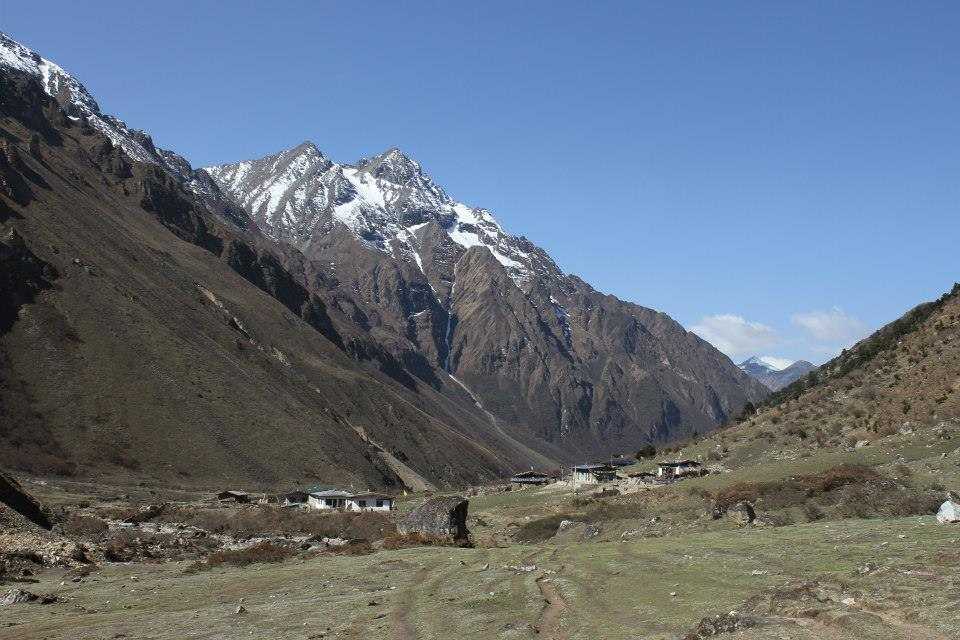
Wildlife Safari in Jigme Dorji National Park
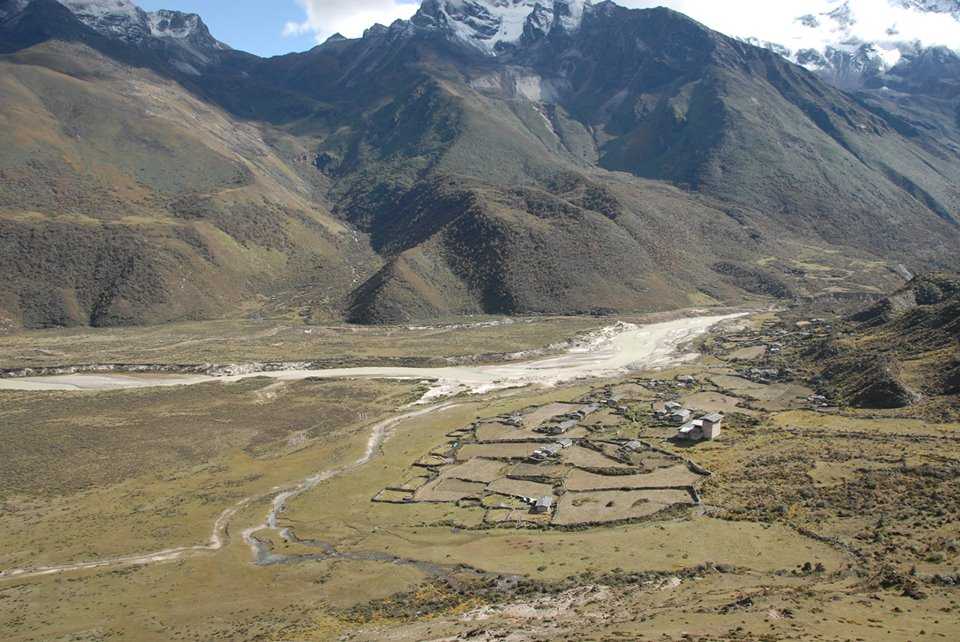
Flora and Fauna at the Jigme Dorji National Park
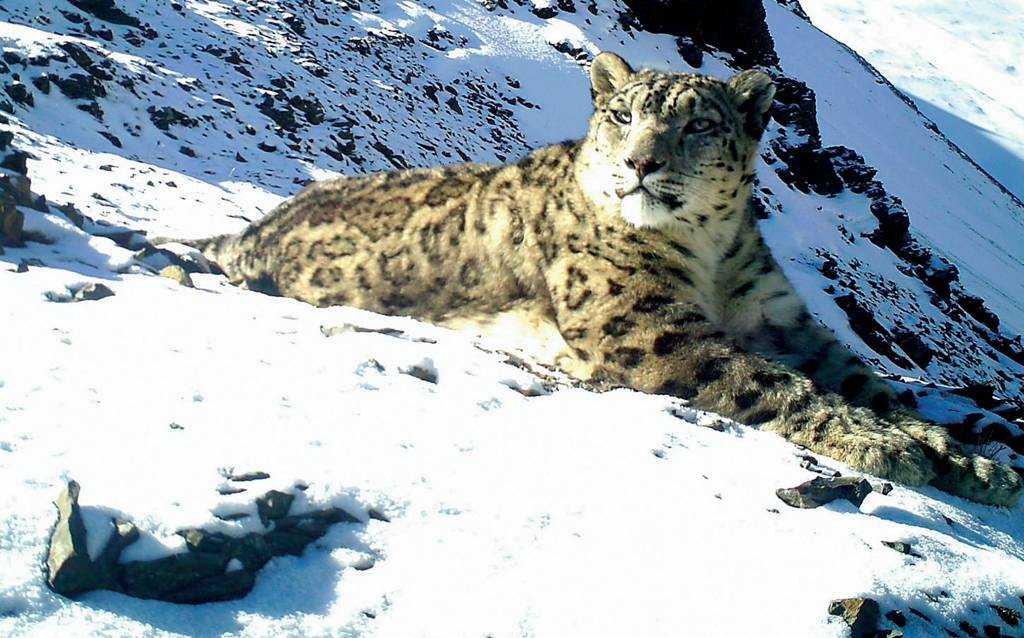
There are 37 known species of animals which are preserved here, many of them come under the list of vulnerable, rare and endemic species. There are more than 300 species of birds, who chirp all day long and make the tour of this park enjoyable. Apart from animals and birds, the flora is also vibrant. Orchids, Rhododendrons, Blue Poppy etc. are only a few of the many plant species which thrive here.
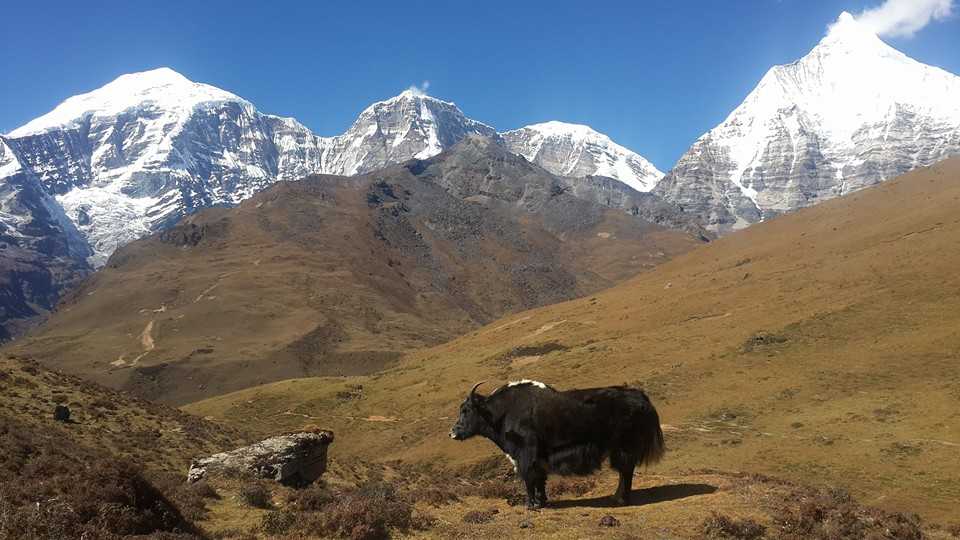
Attractions in the Jigme Dorji National Park
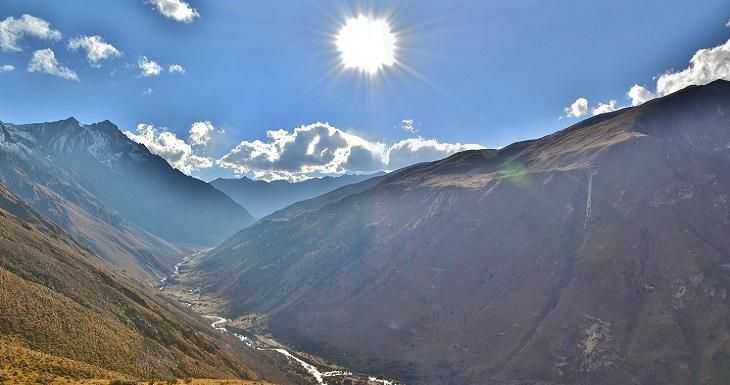
Glaciers within the Jigme Dorji National Park
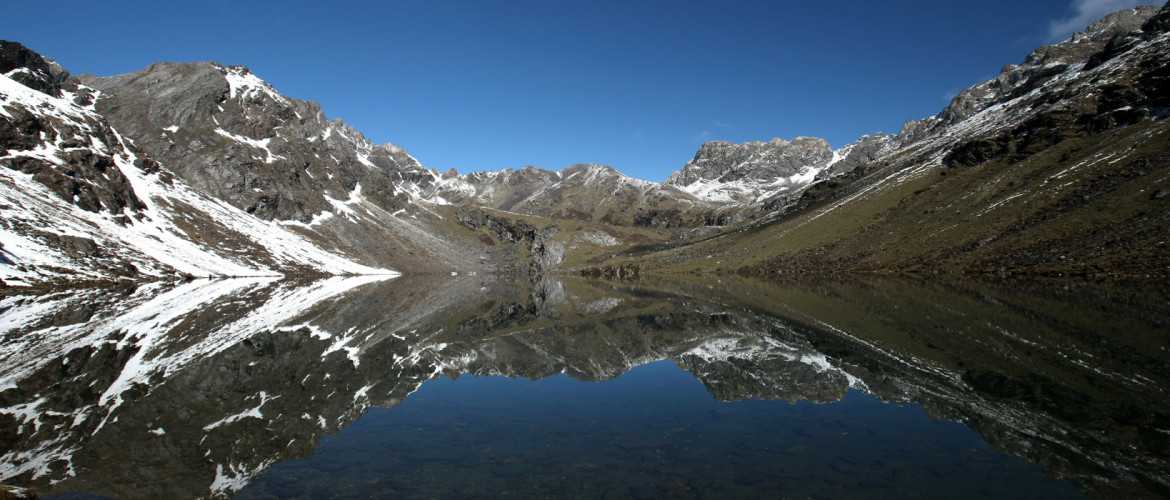
Best Time to Visit Jigme Dorji National Park
